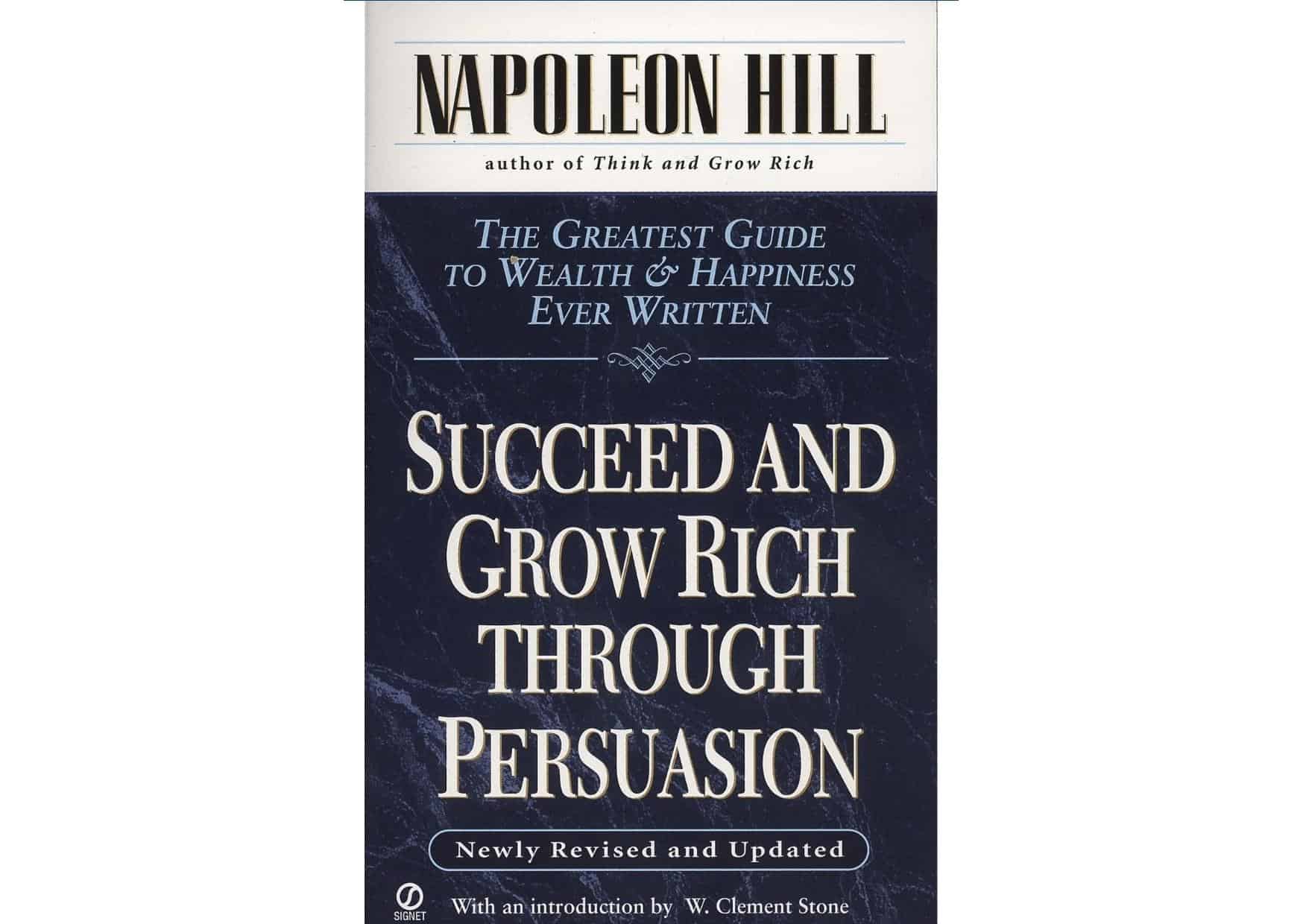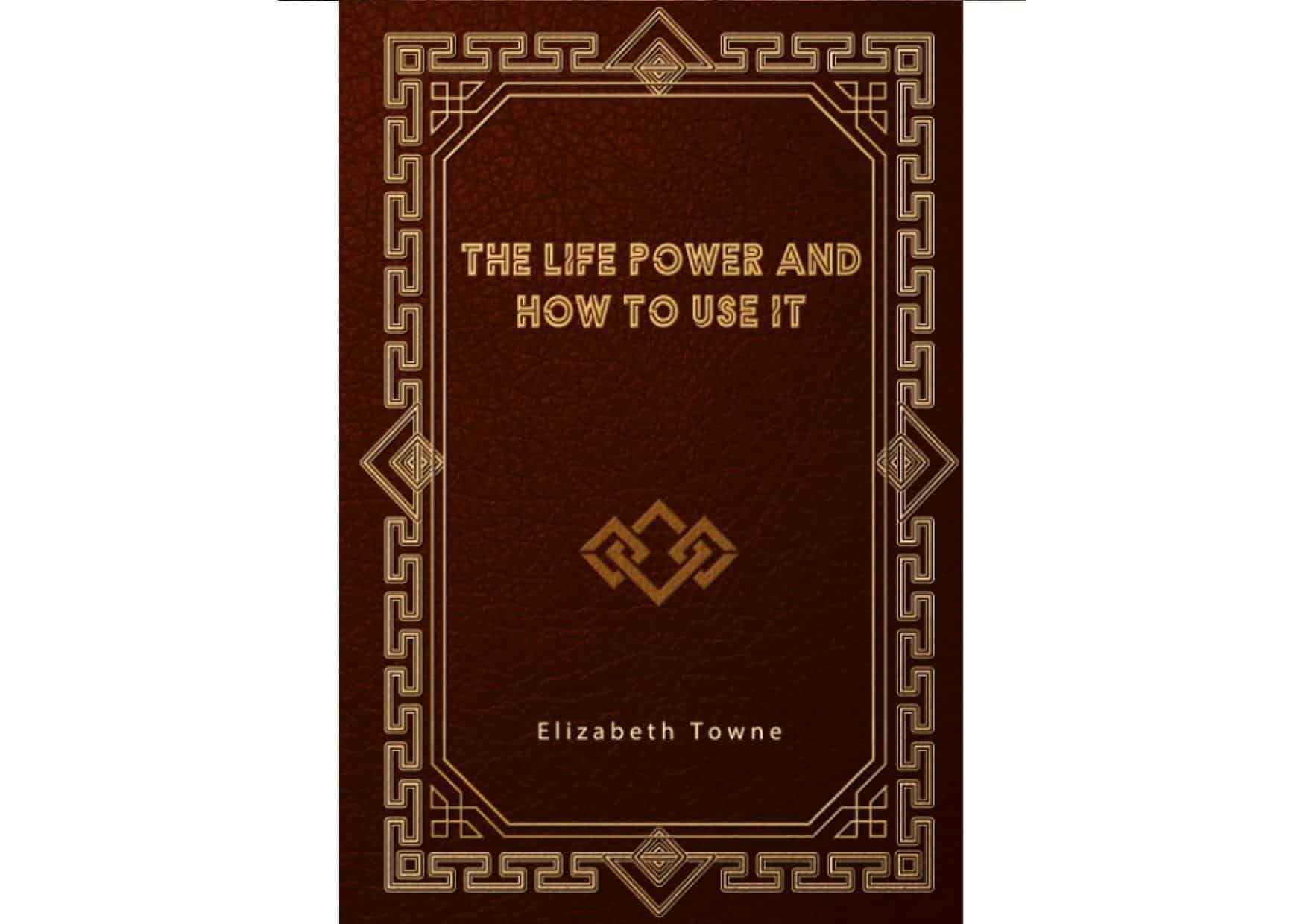Is there a reason why life coaching has become so popular in the last two decades? The answer is opportunity. Several innovations have changed the world in the past 100 years, including the scientific method, technology, and Wheel Potential. It was Albert Einstein who said, “Imagination is life’s coming attraction.”
How do books on coaching and mentoring differ from other books? You would be interested in How-To guides with action steps or books that offer guidance with action steps. In coaching and mentoring books, the author is not only showing the readers how to do things but also showing them how to apply what is shown.
Coaching is not new, as the term was first used in the 1800s. Would you mind telling me who your first coach was? You are right if you say your parents.
We acquire our thoughts, feelings, and behaviors from our parents, and they give us the reins when we become adults. From there, we are in charge of how we direct the reins through the rest of our lives. Mentors and coaches are still part of our lives today and will remain so throughout our lives.
Do you ever think that a doctor who treats you in a hospital once had several coaches when he was in medical school? Of course. Having a coach or mentor is an essential part of the process.
When I speak with people for the first time, most have no understanding of what a life coach is or does. A life coach uses tools and questions to help a client cross a chasm by using measurable questions, action steps, and a real-time element.
These 10 best life coaching books will serve as your coaches, teaching you lessons and helping you to see life in a totally different light. These lessons will cover four main aspects of life: health, wealth, love, and fulfillment. So, let us start.
1. Invinceable Principles: Essential Tools for Life Mastery by Vince Poscente

The 12 principles Vince lists in his book, Invinceable Principles, are divided into four categories, and today I discuss principle no. 4: erode judgmentalism.
Several things hit home for me with this principle. What is the frequency of your jump-to-conclusions or judgmental behavior regularly? 30? 90? 120? 100s? 1000s? One of the most influential traits of human beings is judgmentalism.
Judgment is human nature because it allows us to form hypotheses about different things. But they must be tested, like any other hypothesis! You can only know what you think you know if you don’t know anything else.
Asking the person a few basic questions will help you get to know them a bit more instead of prejudging, as your prejudging may be proven incorrect soon enough.
2. How to Think Like Leonardo Da Vinci by Michael J. Gelb

My kinsman Leonardo caused me to follow him. My mind has been blown by his ability to envision and create. For him to recreate what was in his mind into reality, it took a great understanding of how things worked.
The Dimostrazione section is my favorite (De-ma-straw-z-o-nee) (“Demonstration; proof”). Discepolo Della Esperienza (Dee-ce-po-lo; Dal-la; Es-peri-en-za) is a title Leonardo held throughout his life. According to him, “Experience is the mother of all certainty!”
Making mistakes in Leonardo’s opinion was a good idea because he was able to collect valuable data on himself by experiencing the mistake firsthand. Learning through experience rather than reading a book proved more valuable to him. Even though the words serve a purpose and have their place in a hypothesis, it still takes real-life experiments to confirm what they mean.
Hence, the years we spend on Earth are very important to our lives! If you have never experienced someone else’s experience for yourself, it’s very easy to think you know what they are feeling. What an arrogant attitude!
Even though we experienced something similar, we are not experiencing the same thing because we are not in the other person’s position. Empathizing may allow us to understand the person, but we are still not familiar with all their thoughts and feelings. This is one of the important lessons I learned from How to Think Like Leonardo Da Vinci.
3. The 10 Emotions of Power by Lawrence L. Salliotte

The first time I met Larence was at a Barnes & Noble bookstore in Ann Arbor, Michigan, in 2001. It was when he was promoting his book, The 10 Emotions of Power. I enjoyed chatting with him about thoughts, feelings, emotions, and signing books with him.
Lawrence has a great understanding of emotions and great ideas. You might read the following quote from Carl Jung: “Without emotions, the darkness of apathy cannot turn into the light of light.”
You should not miss the book if you want to know about the ten emotions.
4. Chicken Soup for the Teenage Soul by Jack Canfield, Victor Hansen & Kimberly Kirberger

I have nothing but admiration for Jack Canfield and Victor Hansen! Chicken Soup for the Soul was co-written by them over twenty years ago, and it became a huge worldwide phenomenon. Teenagers between the ages of 13 and 19 are now the target audience of Chicken Soup for the Teenage Soul.
As in the original, it uses real-life stories to teach the reader specific lessons about life, love, and learning. The following morning, I’d like to share a story about first love. It begins with this quote: “To truly love another, one must let go of all expectations.” The ability to accept and celebrate another’s personhood is what Karen Case means by this.
5. Speedwealth: How to Make a Million in Your Own Business in 3 Years or Less by T. Harv Eker

The book, Speedwealth: How to Make a Million in Your Own Business in 3 Years or Less, will give you 37 power principles and eight Speedwealth principles to implement to start your own business and has brief descriptions of each. Rather than emphasize the importance of all 37 power principles and the eight-speed wealth principles, the importance of ten power principles and 4-speed wealth principles is the main focus.
Take a look at the Power Principles in the book, and learn how you can work on changing your wealth mindset in a short time.
6. Walk the Talk and Get the Results You Want by Eric Harvey and Alexander Lucia

The lesson in this book is that you cannot simply talk the talk but also walk the walk. Don’t just say what you mean, but also do what you say.
Walk the Talk and Get the Results You Want consists of six major lessons: The Rehearsal, The Value of Values, The Conflict of Contradictions, The Glory of Living The Talk, The Vision, and The Speech. Putting thoughts, feelings, and emotions into action are integral parts of The Wonder of Walking the Talk for me.
7. Succeed and Grow Rich Through Persuasion by Napoleon Hill

The original version of this was published in 1970. My favorite chapter in this book is about controlling emotions and directing them. Let’s examine Napoleon Hill’s emotional perspective. First, I want to explain what an emotion is, and then I will explain how I came to experience them.
Feelings are nothing more than thoughts! Emotion is the result of mental activity. Emotions are effects, while thoughts and feelings are causes. The way we express our emotions shows our thoughts and feelings.
Here we are again talking about how to control and direct feelings. To maintain a positive attitude, emotions on both positive and action signal ends of the spectrum need to be controlled. Seems interesting? Take a look at the Succeed and Grow Rich Through Persuasion and learn more.
8. The Secret by Rhonda Byrne

Originally published in 2006, this book has been virally gaining popularity online and via books. It was in this book, The Secret, that I learned about books 2 to 6. Watch the video or read the book if you haven’t already!
The book was very well-written and produced, and the video, which went viral in 2006, hasn’t been equaled since. Are there plans for something similar? Go through the book to know.
9. The Life Power and How to Use It by Elizabeth Towne

The Life Power and How to Use It, first published in 1906, is broken down into 23 story chapters that work together to tell a story of one thing that stands out to you. Just go through them one after another, and your thinking will change in a few days.
10. As a Man Thinketh by James Allen

Originally written in 1903, the lessons presented in As a Man Thinketh are still relevant today. Because most of the filler words have been removed from the book, only the essence of the meanings are written in this book. It has only 40 pages for good reason.
Final Thoughts
The difference between life coaching and therapy is that the former looks forward while the latter looks backward. To develop a more forward-oriented perspective, you can start with these best life coaching books. They will help you become a better coach and mentor who, hopefully, will be able to inspire other people as well.
Featured photo credit: Ben White via unsplash.com
The post 10 Best Life Coaching Books to Make You a Better Coach appeared first on Lifehack.


